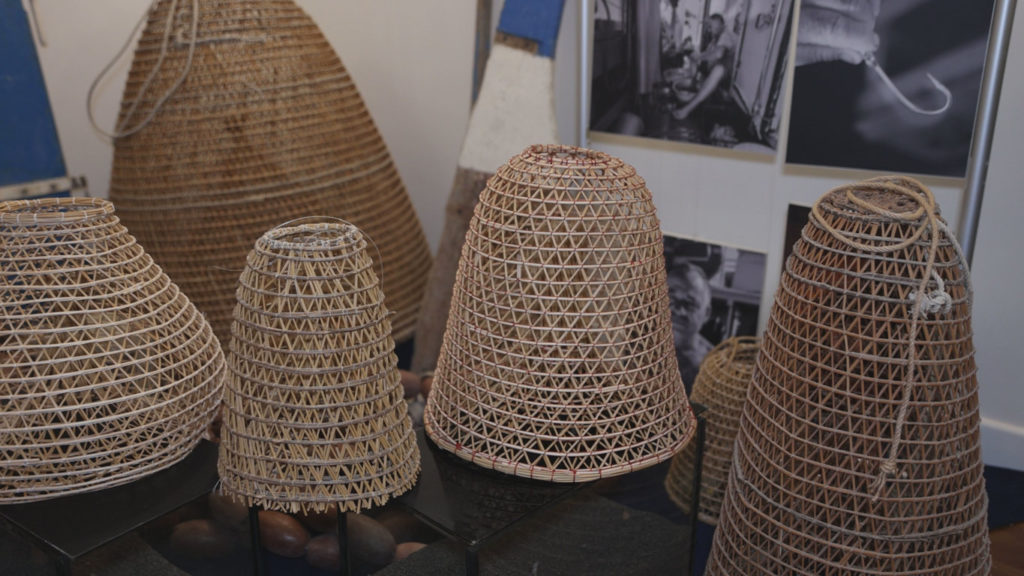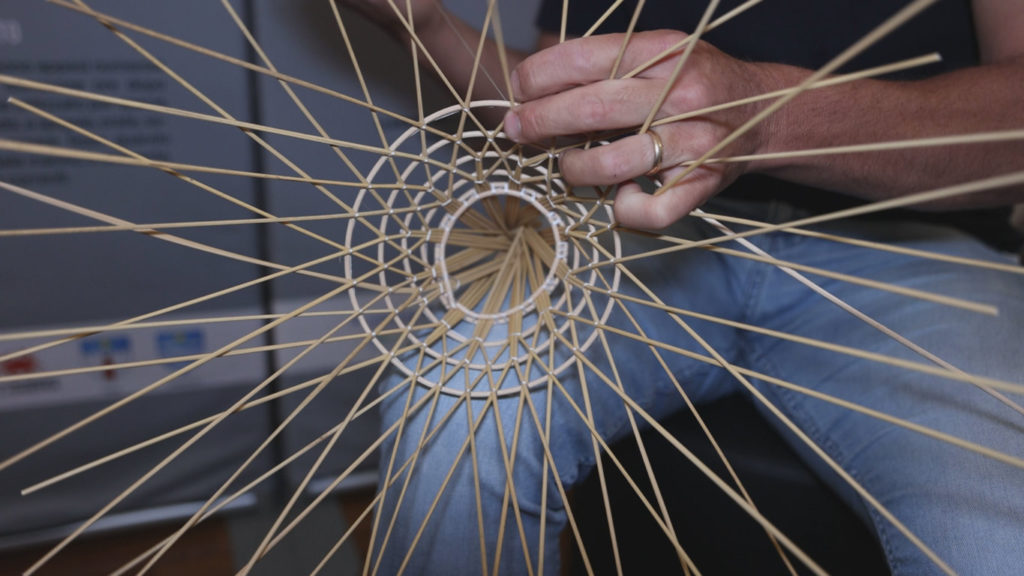Fishing Traps (Nasse) of Ustica
The nassa is a traditional fishing tool used to catch fish. It is made up of two parts: the “campana”, or outer section, and the “campa”, which is the inner cone. The origins of the nassa are ancient. Traditionally, it was made from reed (giunco) and olive branches, and sometimes from mastic tree branches (lentisco).
To use the nassa for fishing, a salted bait is tied inside the trap. This bait is placed within the campa to lure the fish inside. Once the fish enter the cone, they cannot find their way out, becoming effectively trapped.
Today, nasse are no longer built as they were in the past. Their construction has undergone significant changes, much like the entire fishing industry. Modern nasse are no longer made from reed, but instead are manufactured from plastic, due to the scarcity or unavailability of traditional materials like giunco.
This element has been included in the Register of Intangible Heritage of local interest of the Municipality of Ustica, as part of Intervention 2 “Activation of the Observatory on the Intangible Cultural Heritage of the Territory through the application of the REIL methodology – Register of Intangible Heritage of Local Interest”, within the”Ustum Cultural Programme” project, funded by the NRRP (National Recovery and Resilience Plan), Mission: Digitalisation, innovation, competitiveness, culture and tourism, Component: Tourism and culture 4.0, Investment 2.1 “Attractiveness of villages.” CUP: E24H22000130006.



